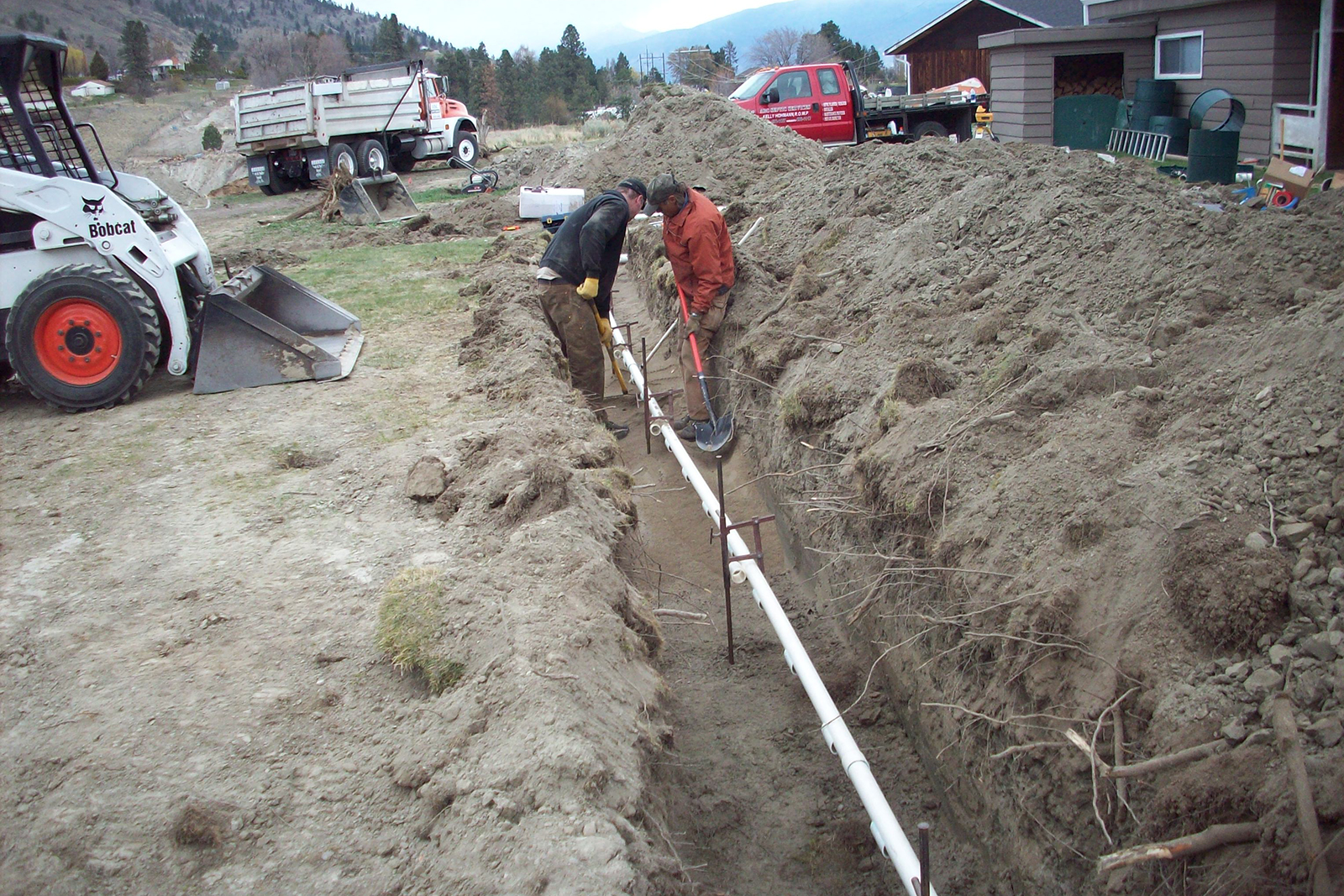When it comes to maintaining a septic system the cost involved is essential. If you’re preparing to install the septic tank of your choice and leach field or to replace an existing one, knowing the possible costs can help you budget efficiently and avoid surprises throughout the process. There are various factors that contribute to the cost to install septic tank and leach field.

The price of constructing an septic tank and septic field will depend on a number of aspects. The size of the septic system is a major aspect to consider. larger homes or houses with a higher use of water will generally need larger septic tanks and leach fields which will result in a greater total cost. The topography and soil conditions can also affect the complexity of installation and cost. The soil’s conditions can be difficult and require extra excavations or specially designed treatment systems. This will add to the price.
The type of leach field as well as the septic tank system you choose will also impact the price. Prices can vary based on types of materials and designs. Concrete tanks are less expensive than other alternatives for example, fiberglass or plastic tanks. Furthermore, the most advanced treatment systems or environmentally friendly options may come at a higher cost but provide additional benefits like improved wastewater treatment or water conservation.
While the cost to install an septic tank and a leach field is the primary financial investment, it’s essential to think about the future maintenance and replacement costs. Septic tanks be used for between 25 and 30 years dependent on the use and maintenance, as well as the materials. In time, the tanks could require repairs or replacement. It’s essential to take into account not only the tank, but all upgrades and costs required to meet current regulations when calculating the cost to replace your septic system.
The cost of replacing the septic can vary depending on the size and design of the new tank, in addition to the complexity of the process for installation. In certain instances there may be a need to dig up and remove the old tank prior getting the site ready for installation. In addition, if there have any changes to the regulations in the past few years and additional expenses could be incurred to bring the new sewer system into compliance.
For a seamless replacement process and to avoid any unexpected costs It is essential to conduct regular inspections of the septic system and regular maintenance. Regular inspections can reveal any possible issues earlier and allow for prompt repairs that can extend time spans of the septic tank. It is crucial to regularly run the tank to for solids to not build up.
If you are planning a the installation or replacement of a septic system, it’s advisable to obtain estimates from several reliable contractors. Comparing these estimates will give you an understanding of the cost average in your region and allow you to make an informed choice. Find out about any warranties or guarantees that the contractor may offer for their work and the materials they employ.
Property owners and homeowners need to be aware of the amount a new septic tank is and what the price of the entire septic system is. By considering factors such as dimensions, materials such as soil, conditions and the possibility of long-term costs, you can effectively budget for the replacement or installation of a tank for septic and a leach field. Regular inspections, maintenance and proper maintenance are essential to maximizing the lifespan of your septic system, and cutting down on future costs. Be aware that a operating septic system isn’t only essential for the proper management of wastewater and maintenance, but it also adds value to your house.